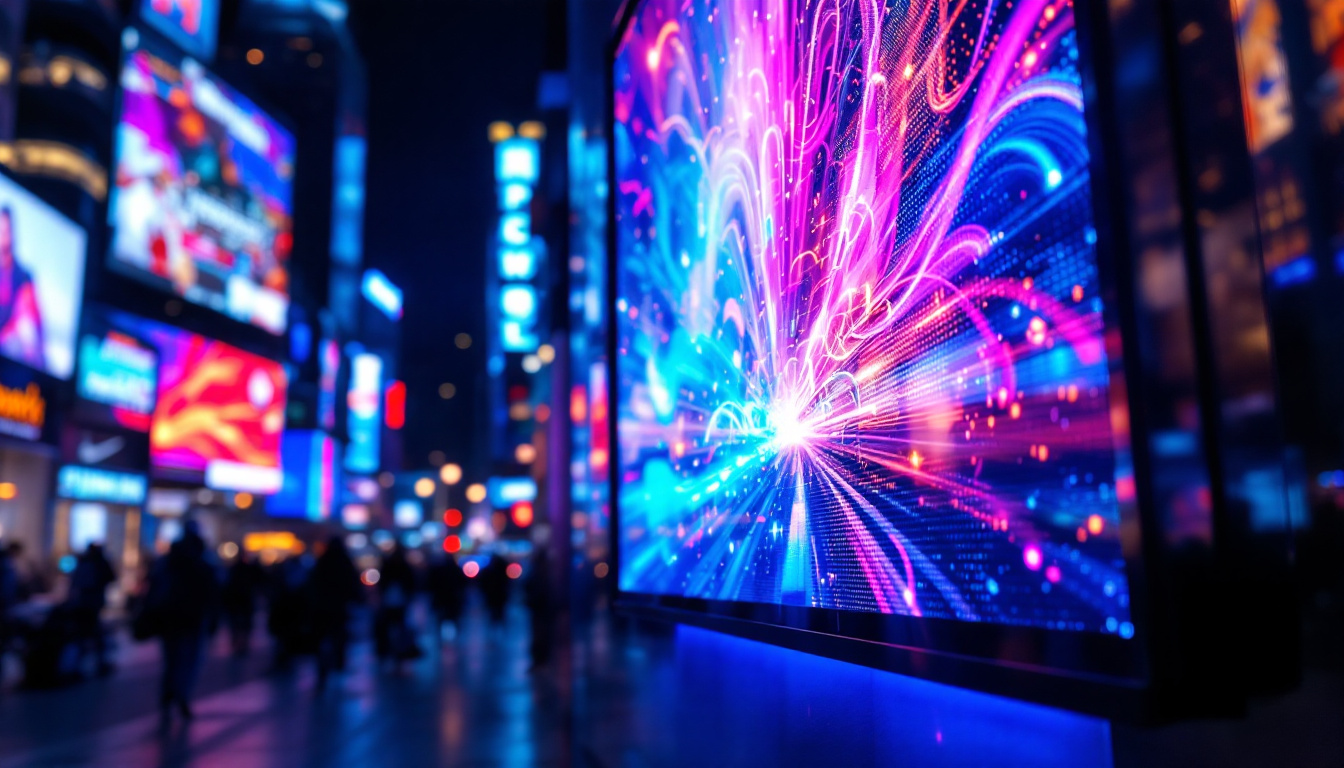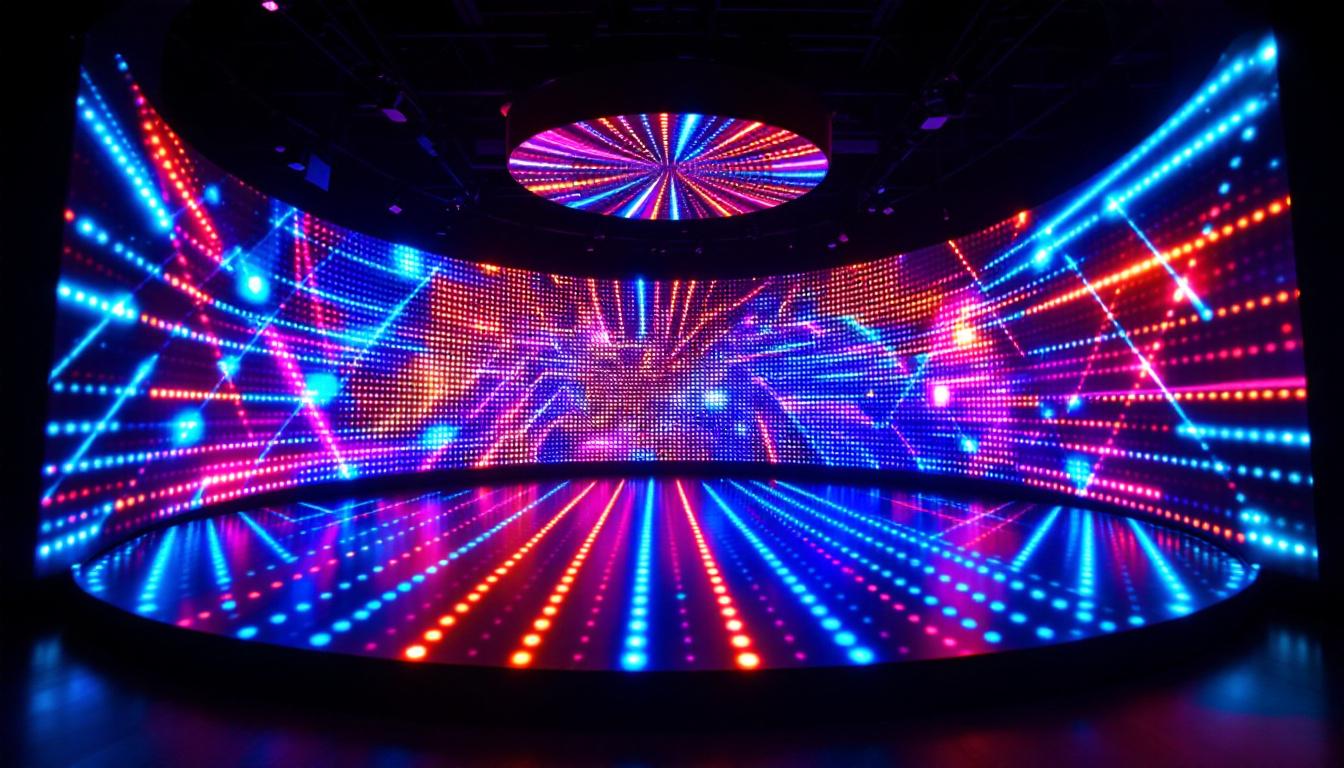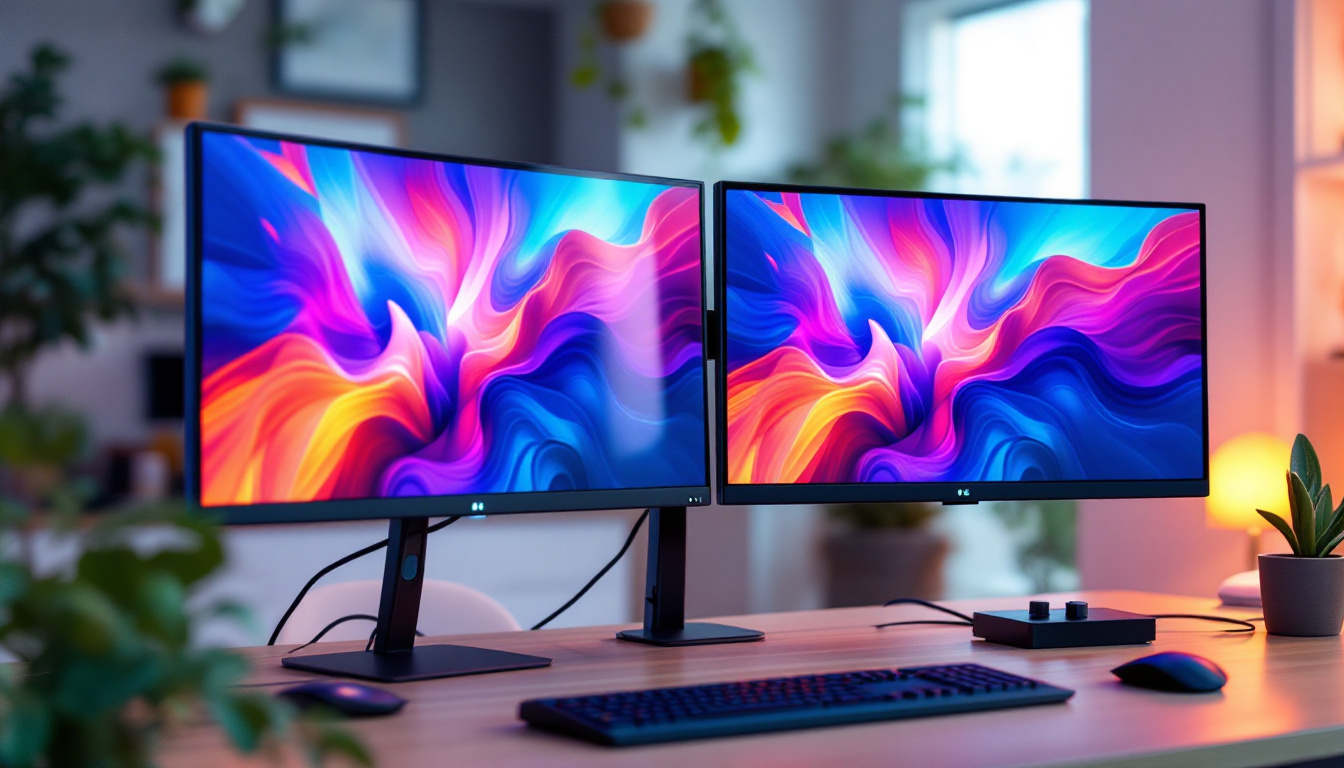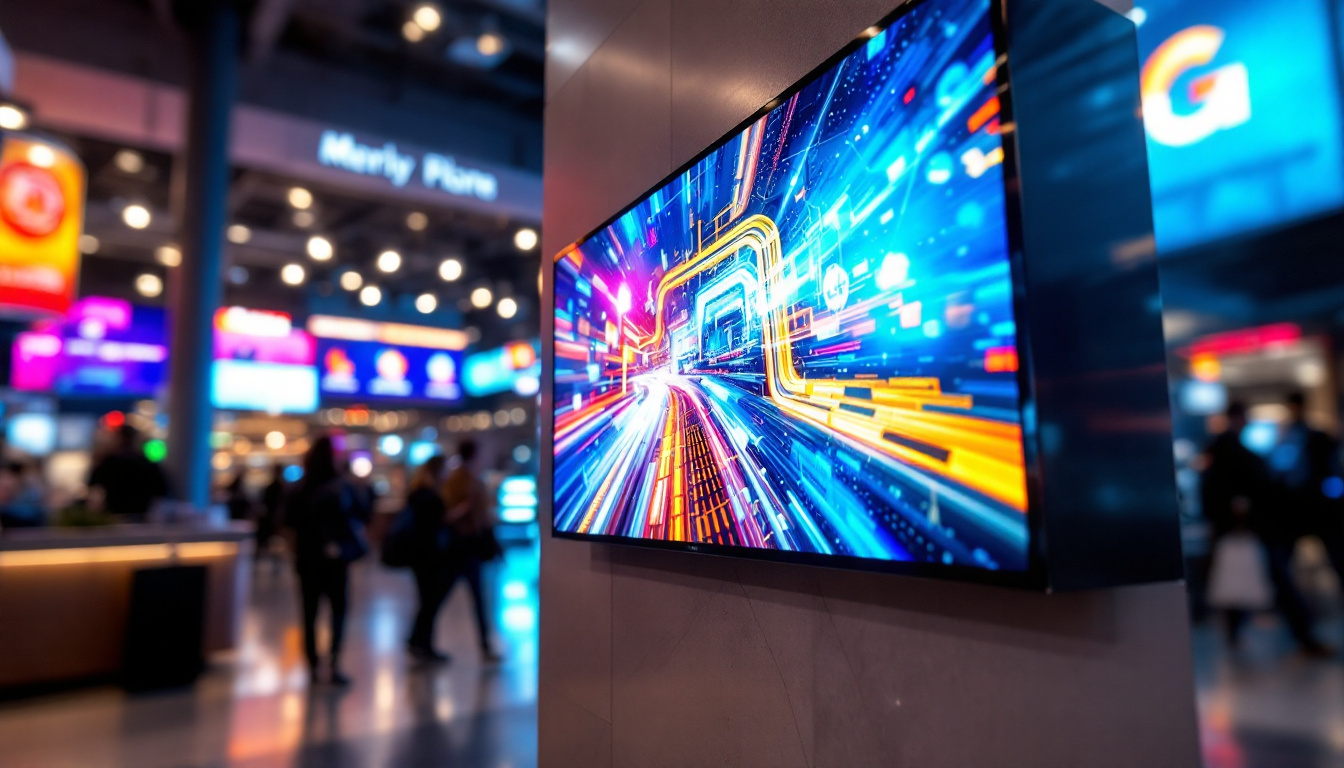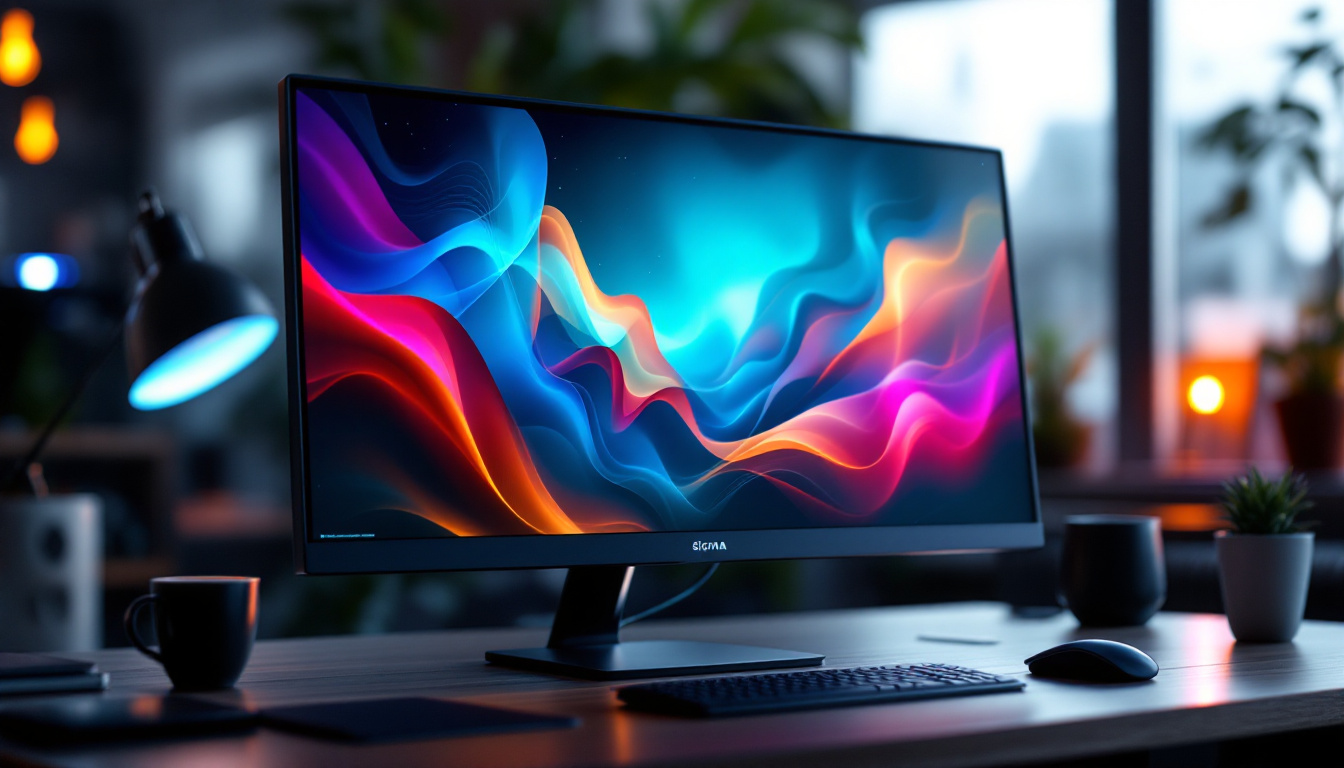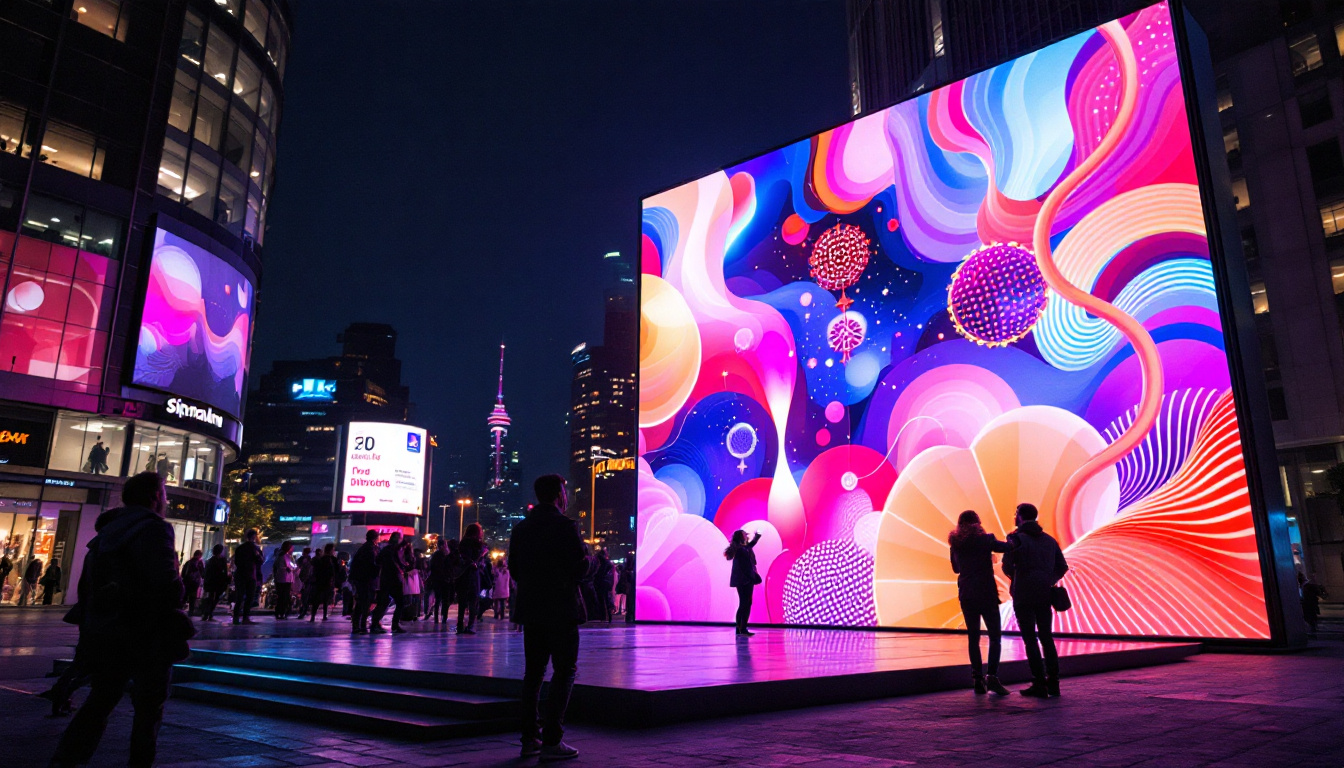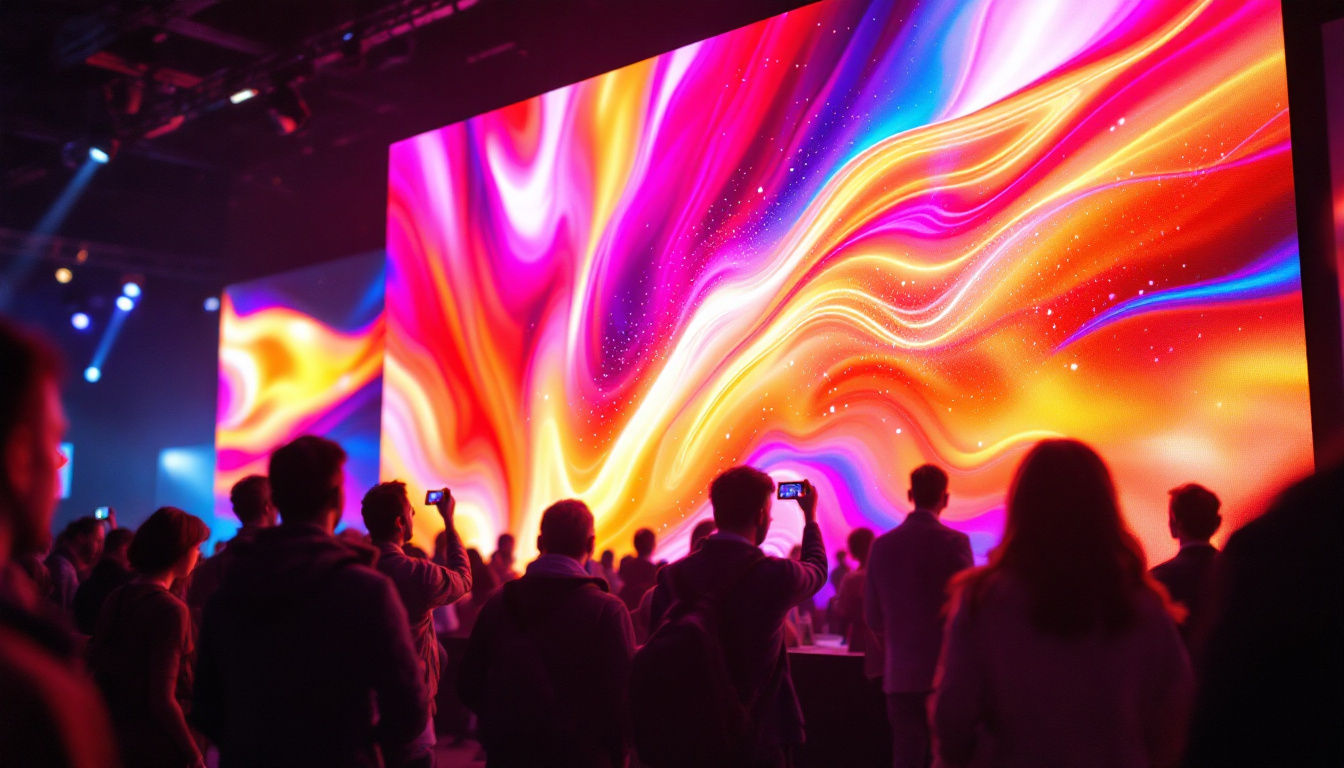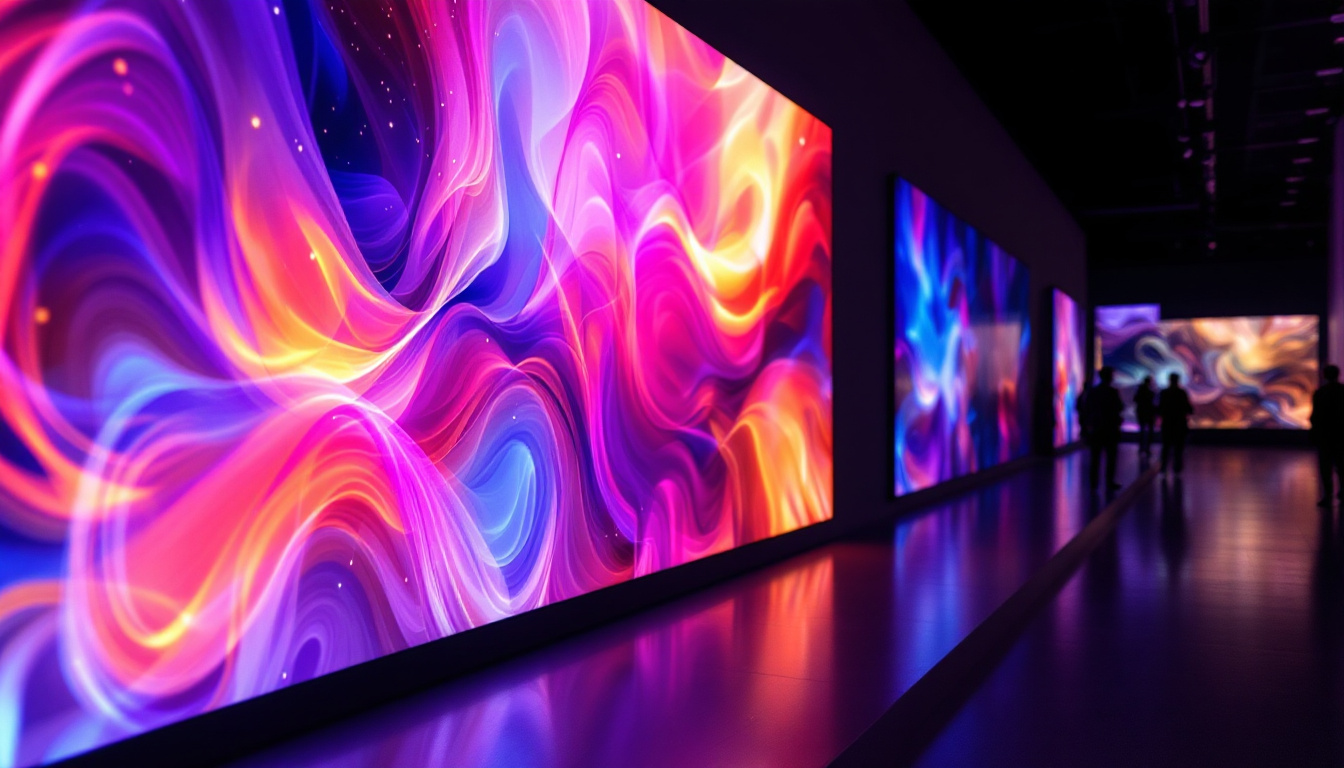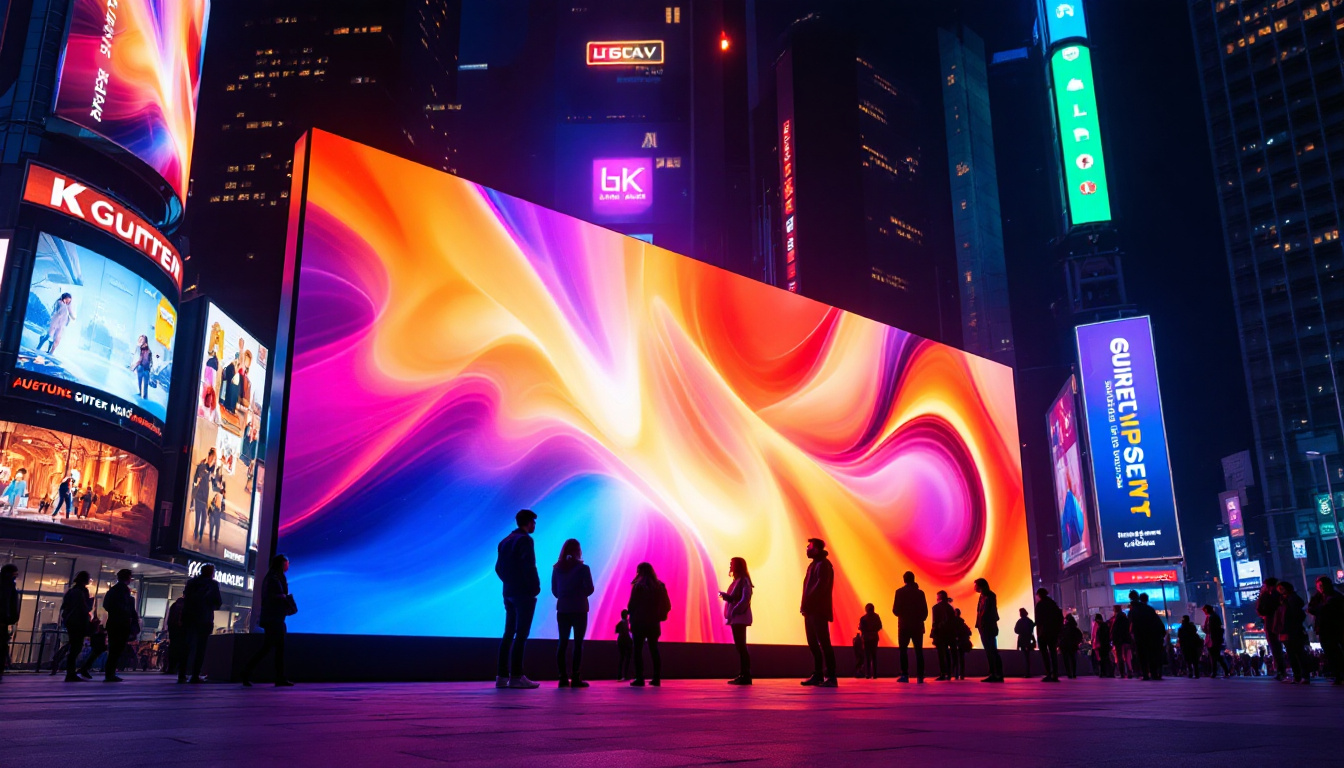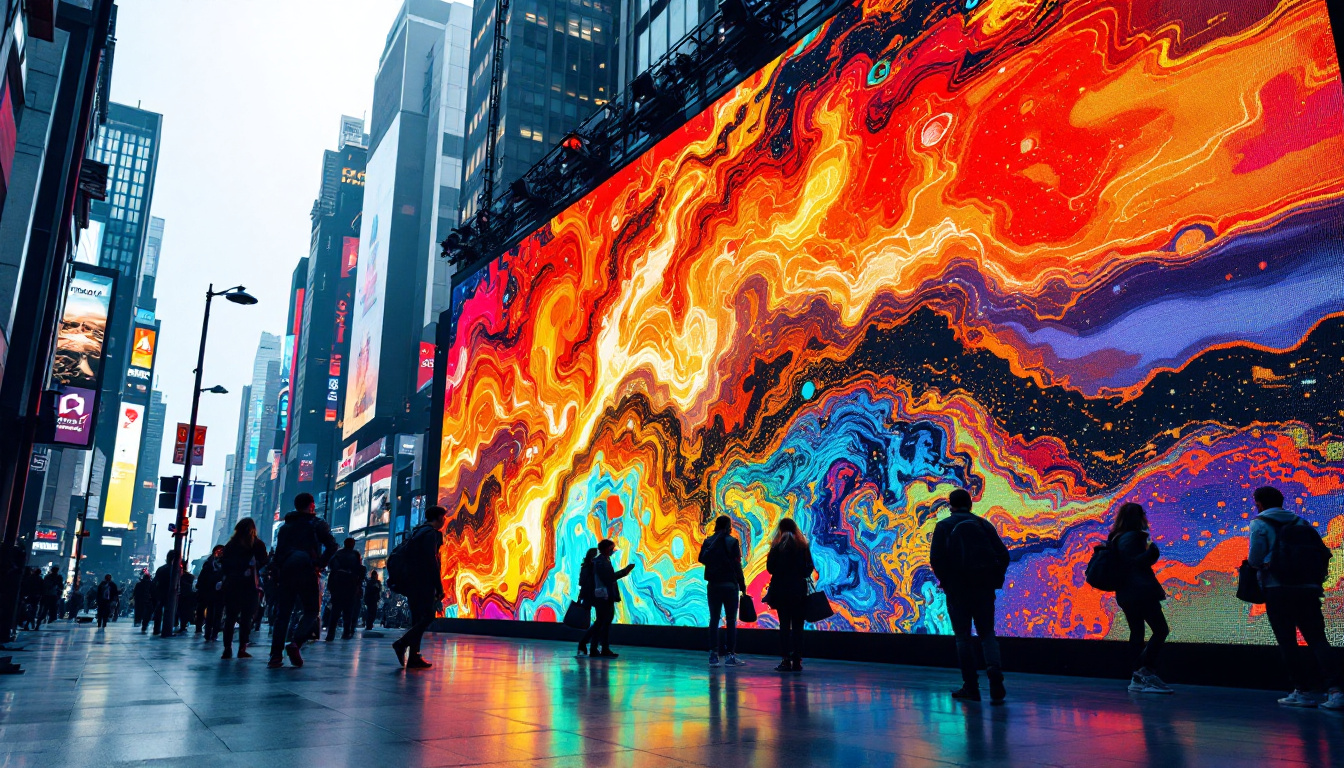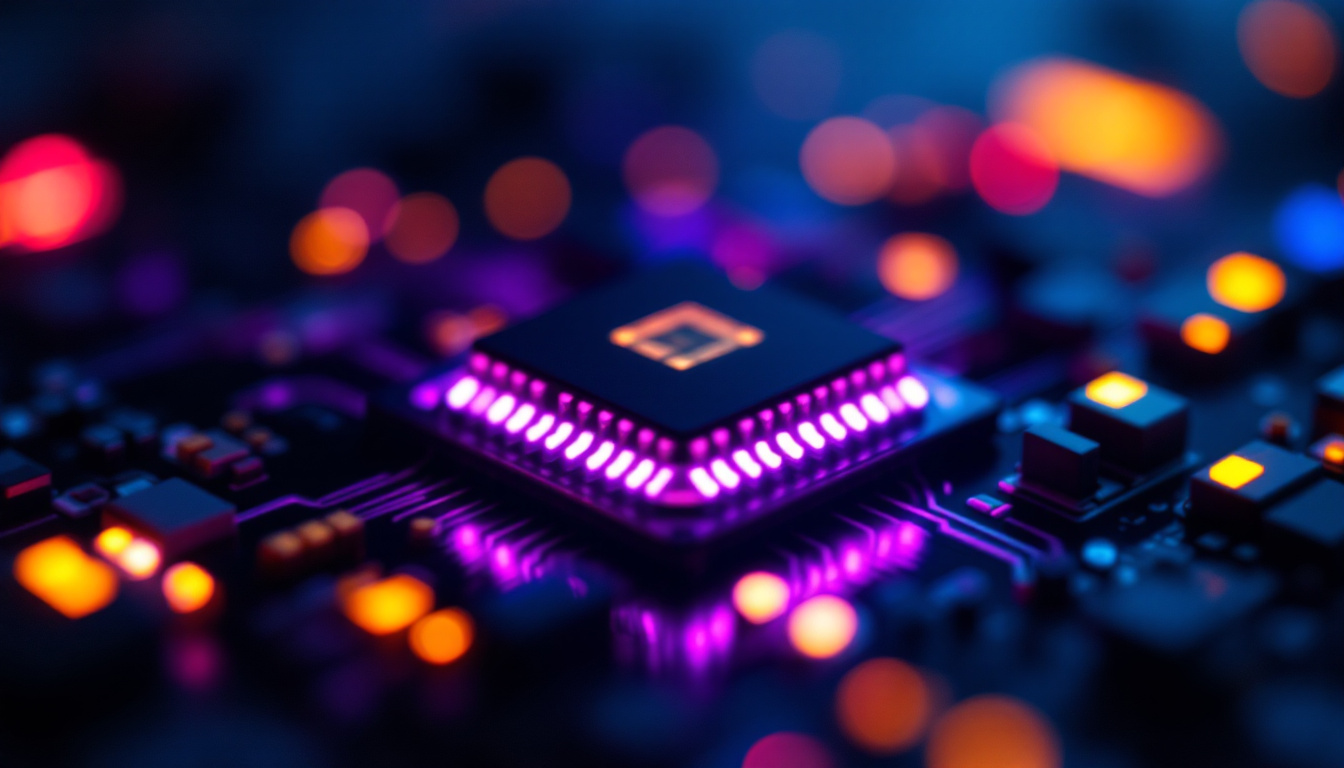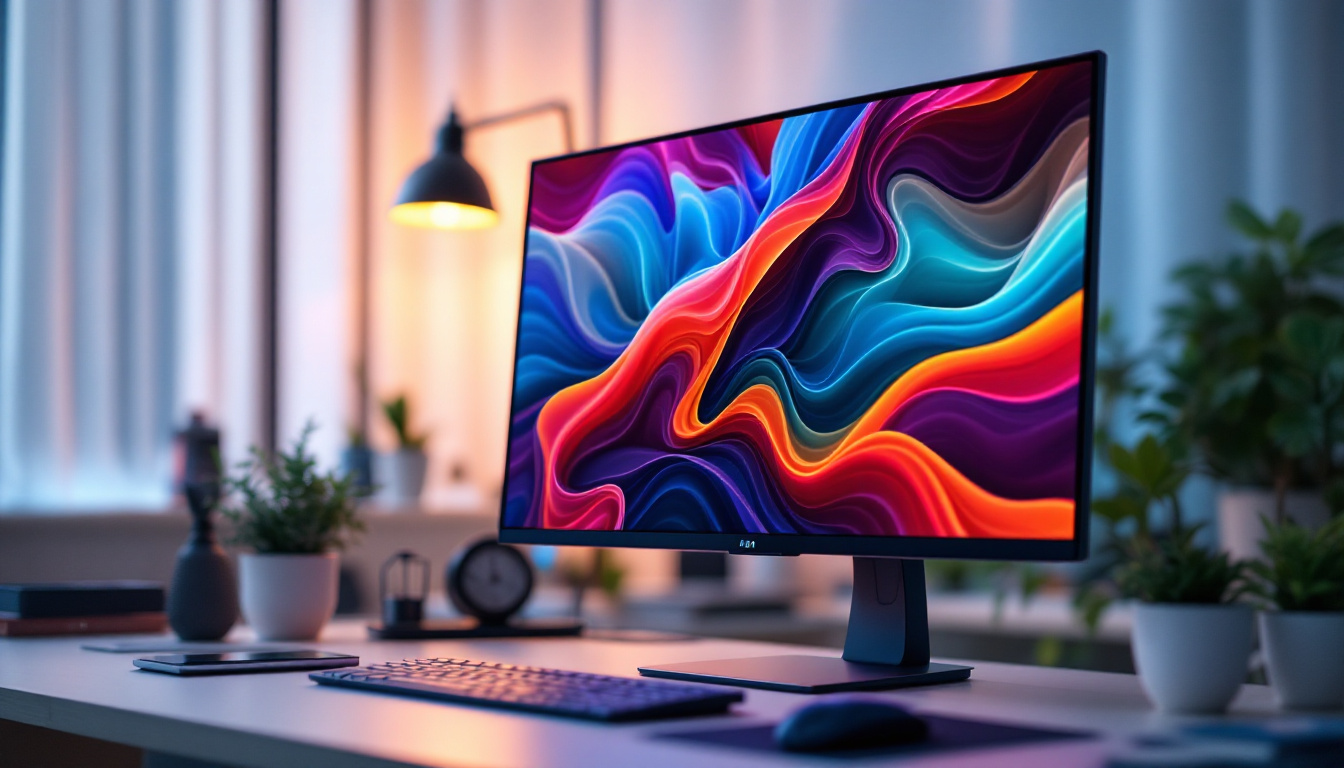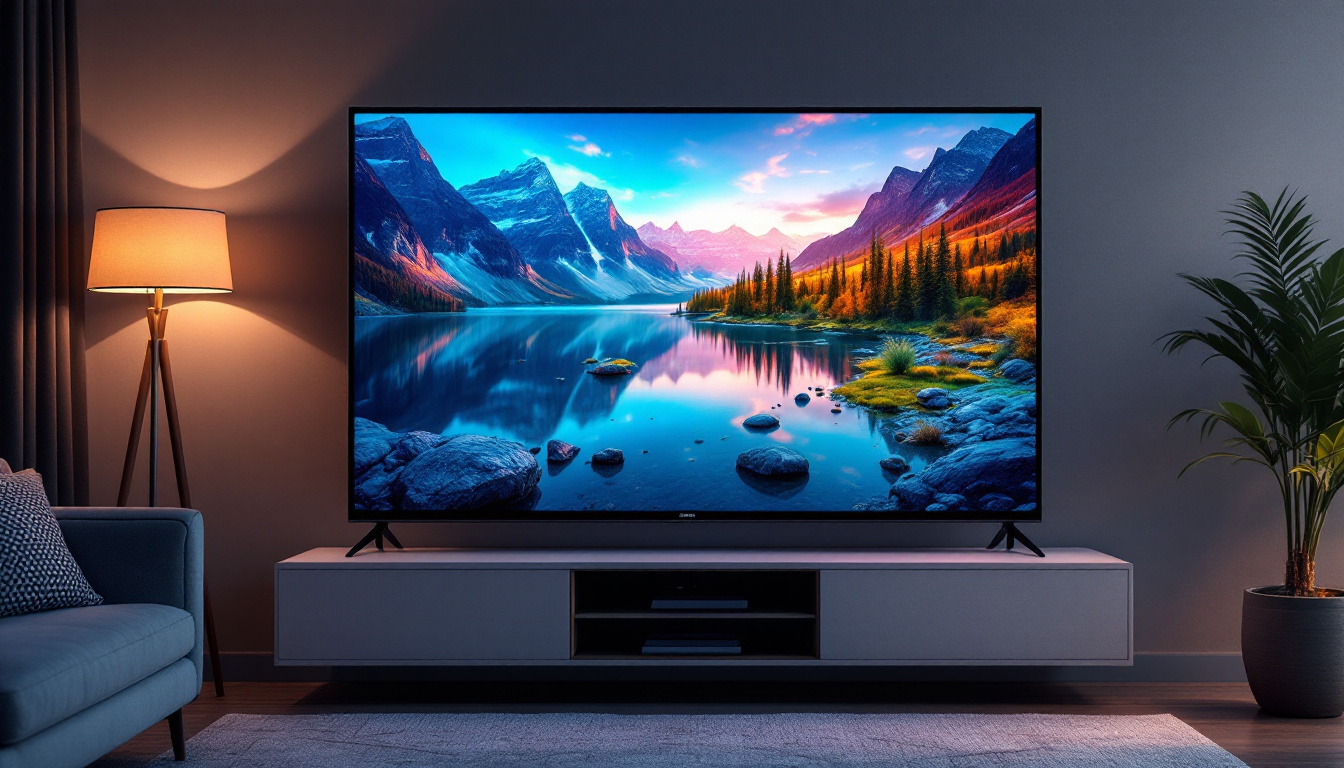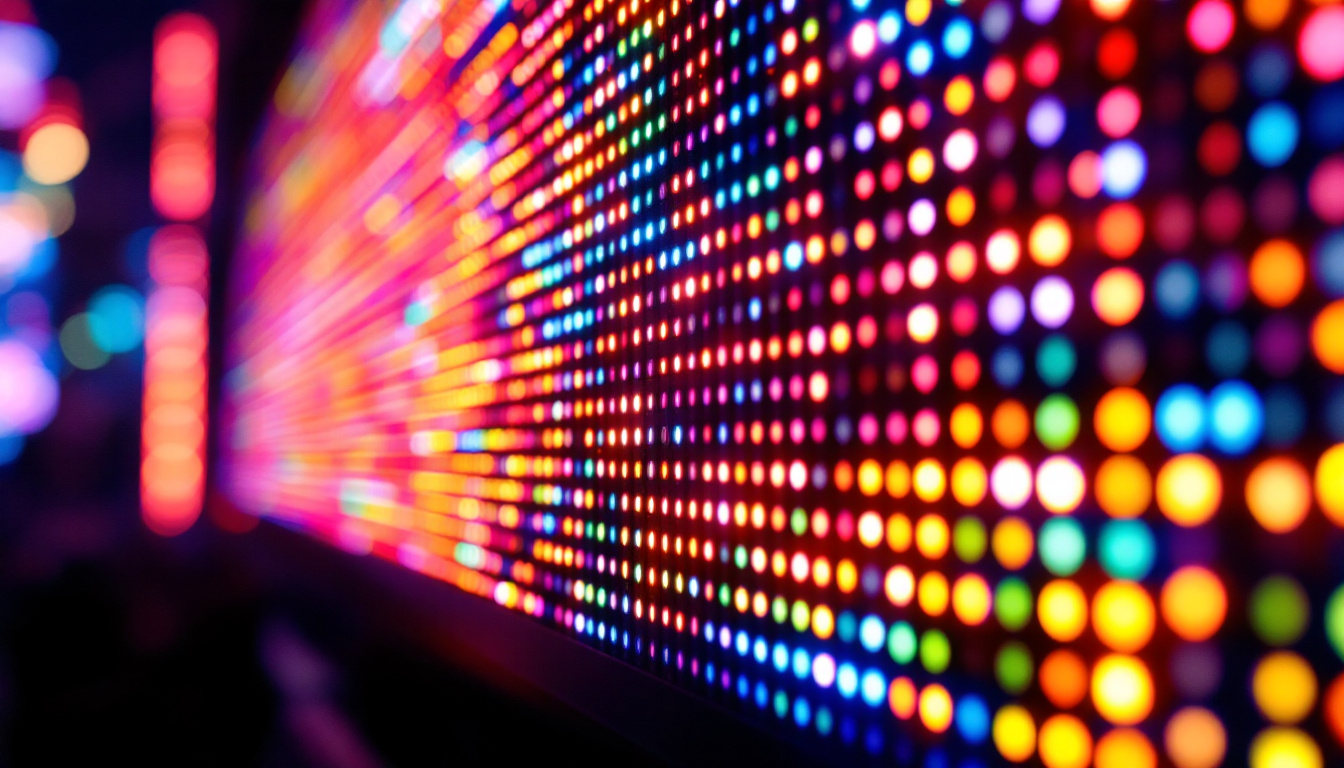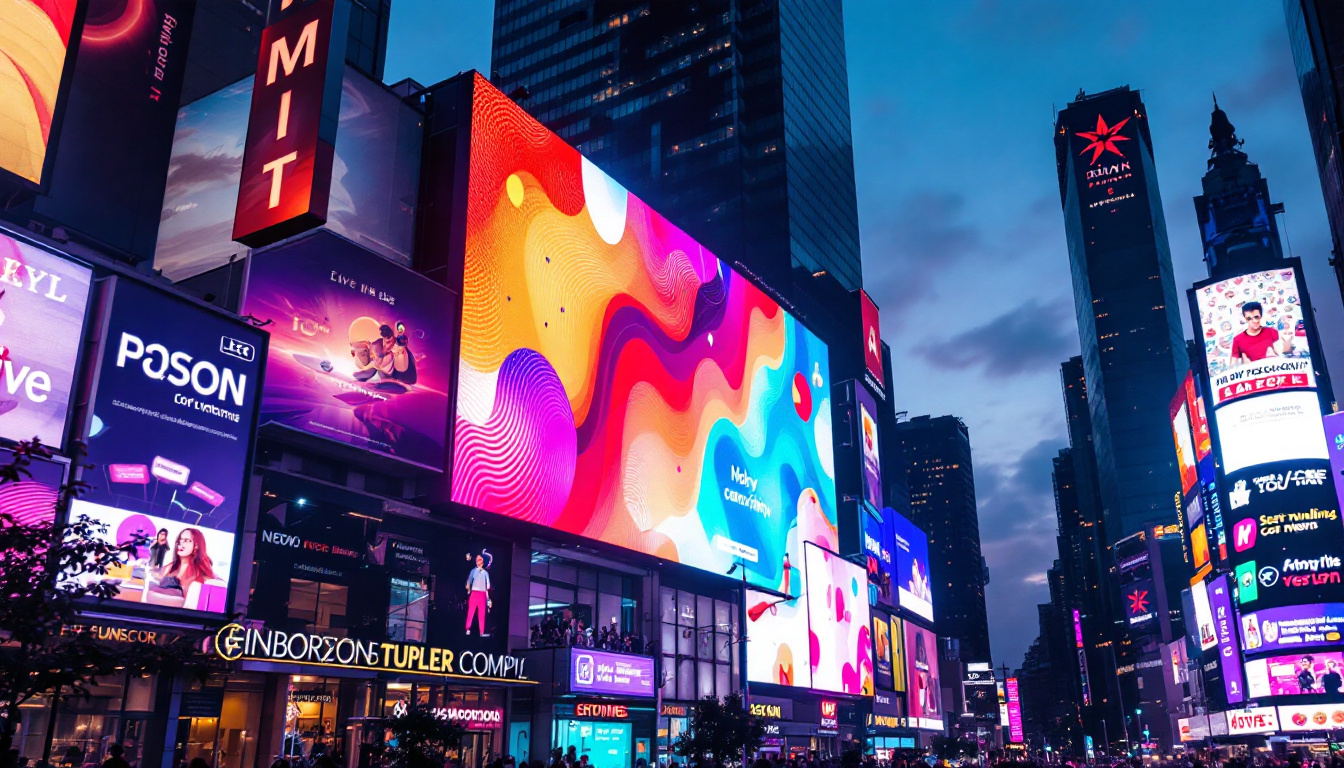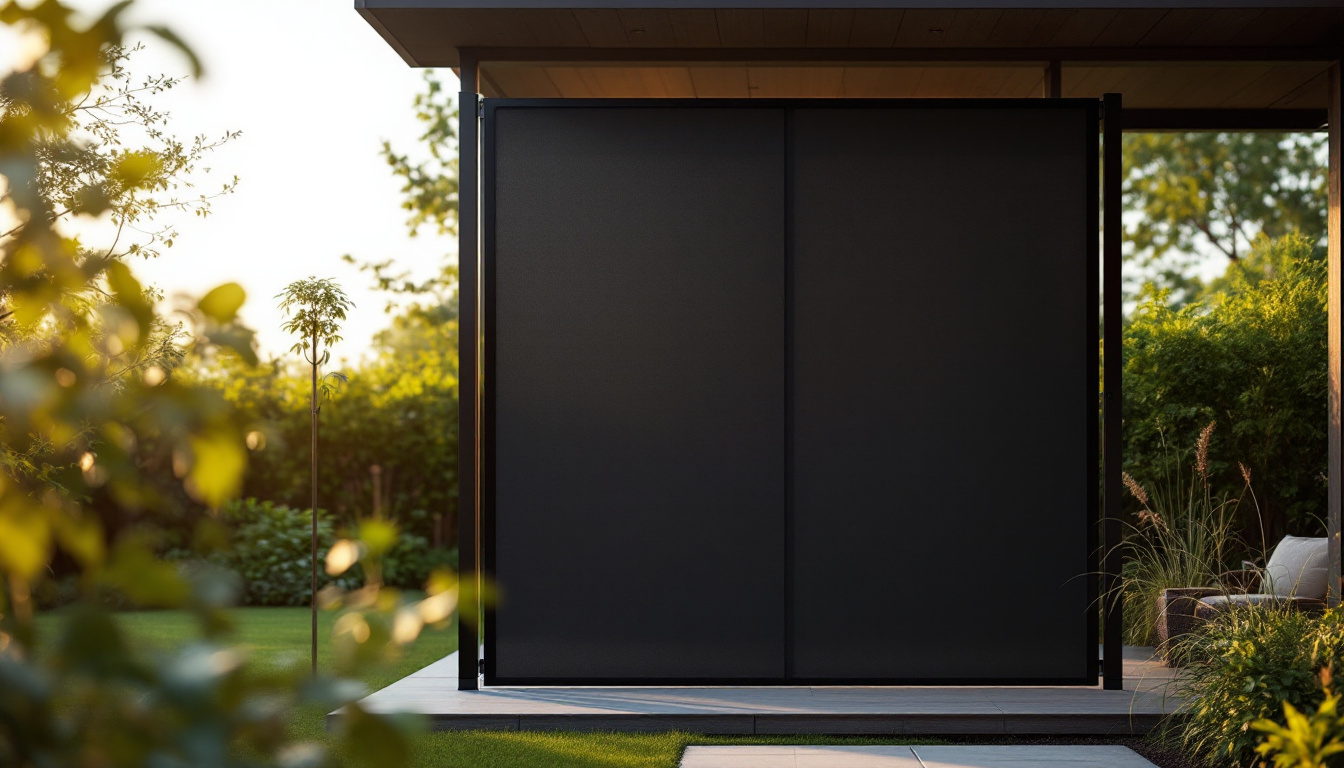In the rapidly evolving world of technology, the way we consume visual media has undergone a significant transformation. One of the most notable advancements is the emergence of Full High Definition (FHD) LED displays. This technology has revolutionized how we experience television, gaming, and other visual content. Understanding FHD LED displays involves delving into their definition, benefits, and the underlying technology that makes them a popular choice for consumers and businesses alike.
Understanding Full High Definition (FHD)
Full High Definition, commonly referred to as FHD, is a resolution standard that offers a display resolution of 1920 x 1080 pixels. This means that the screen is made up of over two million individual pixels, providing a clear and detailed image. The term “Full HD” distinguishes it from lower resolutions, such as Standard Definition (SD) and High Definition (HD), which offer fewer pixels and, consequently, less detail.
The Importance of Resolution
Resolution plays a crucial role in the quality of the visual experience. Higher resolution displays provide sharper images, finer details, and improved color accuracy. For instance, FHD is particularly beneficial for watching movies, playing video games, or viewing high-resolution images, where clarity is essential. With the increase in screen sizes, the demand for higher resolutions has become even more pronounced, making FHD a standard expectation for many consumers. Additionally, advancements in display technology, such as LED and OLED, further enhance the viewing experience by providing deeper blacks and more vibrant colors, making FHD content even more engaging.
Comparison with Other Resolutions
To appreciate the significance of FHD, it is essential to compare it with other common resolutions. Standard Definition (SD) typically offers a resolution of 720 x 480 pixels, while High Definition (HD) provides 1280 x 720 pixels. While these resolutions can suffice for smaller screens, they fall short on larger displays, where pixelation and blurriness become apparent. In contrast, FHD’s 1920 x 1080 resolution ensures that images remain crisp and vibrant, even on larger screens. Moreover, as technology continues to evolve, newer standards like Quad High Definition (QHD) and 4K Ultra HD are emerging, pushing the boundaries of resolution even further. However, FHD remains a popular choice for many users due to its balance of quality and affordability, making it accessible for a wide range of devices from televisions to computer monitors.
Applications of FHD Technology
The applications of Full High Definition technology extend beyond just entertainment. In the realm of professional environments, FHD displays are increasingly used for graphic design, video editing, and medical imaging, where precision and detail are paramount. For instance, graphic designers benefit from the enhanced color accuracy and detail that FHD provides, allowing them to create stunning visuals that are true to life. In the medical field, high-resolution displays are essential for accurately interpreting diagnostic images, ensuring that healthcare professionals can make informed decisions based on the clearest possible visuals. Furthermore, as remote work becomes more prevalent, FHD monitors have become a staple in home offices, providing users with a more immersive and productive workspace.
The Role of LED Technology
LED, or Light Emitting Diode, technology is at the heart of modern display systems. It has become the preferred choice for many manufacturers due to its energy efficiency, brightness, and longevity. LED displays utilize an array of tiny diodes to produce light, which is then modulated to create images on the screen. This technology has revolutionized not only consumer electronics but also commercial applications, where high-quality visuals are paramount.
The versatility of LED technology extends beyond traditional displays, finding applications in signage, architectural lighting, and even automotive lighting. For instance, in the realm of advertising, LED billboards can display dynamic content that captures attention more effectively than static images. The ability to change advertisements in real-time allows businesses to target specific audiences based on time of day or current events, making LED displays a powerful marketing tool.
How LED Displays Work
LED displays work by using a backlight system that illuminates the liquid crystal display (LCD) panel. The combination of these technologies allows for vibrant colors and deep blacks. The diodes can be arranged in various configurations, including edge-lit and full-array, each offering different benefits in terms of brightness and color accuracy. Full-array LED displays, for example, provide local dimming capabilities, which enhance contrast by allowing specific areas of the screen to be dimmed or brightened independently, resulting in a more immersive viewing experience.
Moreover, advancements in LED technology have led to the development of OLED (Organic Light Emitting Diode) displays, where each pixel emits its own light. This eliminates the need for a backlight entirely, allowing for even thinner screens and more flexible designs. OLED technology is particularly favored in high-end televisions and smartphones due to its ability to achieve true blacks and stunning color reproduction, further pushing the boundaries of what is possible in display technology.
Benefits of LED Technology
One of the primary advantages of LED technology is its energy efficiency. LED displays consume significantly less power compared to traditional LCDs and CRTs, making them an environmentally friendly option. Additionally, LED displays offer a wider color gamut, meaning they can reproduce a broader spectrum of colors, enhancing the overall viewing experience. This capability is especially beneficial for professional applications, such as graphic design and video editing, where color accuracy is crucial.
In addition to energy savings and color performance, LED technology boasts an impressive lifespan, often exceeding 50,000 hours of use. This durability translates to lower maintenance costs and less frequent replacements, making LED displays a cost-effective choice in the long run. Furthermore, the robustness of LED technology allows for its use in a variety of environments, from dimly lit rooms to bright outdoor settings, ensuring consistent performance regardless of conditions. As a result, LED technology continues to gain traction across various industries, solidifying its status as a cornerstone of modern display solutions.
Benefits of Full High Definition LED Displays
FHD LED displays come with a plethora of benefits that cater to both casual viewers and professionals. These advantages make them a popular choice in various settings, from home entertainment systems to commercial displays.
Enhanced Picture Quality
One of the most compelling reasons to choose FHD LED displays is the enhanced picture quality they provide. With a resolution of 1920 x 1080 pixels, images are sharper and more detailed, making them ideal for watching high-definition content. Whether it’s a blockbuster movie, a live sports event, or a video game, FHD LED displays deliver an immersive viewing experience that captivates audiences.
Improved Viewing Angles
Another significant advantage of FHD LED displays is their improved viewing angles. Unlike traditional displays, which may suffer from color distortion and reduced brightness when viewed from the side, LED technology ensures consistent image quality from various angles. This feature is particularly beneficial in settings where multiple viewers may be watching from different positions, such as in living rooms or conference rooms.
Versatility and Applications
FHD LED displays are incredibly versatile, making them suitable for a wide range of applications. From home theaters to corporate presentations, these displays can adapt to various environments. Additionally, they are commonly used in digital signage, where high-quality visuals are essential for attracting customers and conveying information effectively.
Choosing the Right FHD LED Display
With a multitude of options available in the market, selecting the right FHD LED display can be a daunting task. Several factors should be considered to ensure that the chosen display meets specific needs and preferences.
Screen Size
Screen size is one of the most critical factors to consider when purchasing an FHD LED display. The ideal size depends on the viewing distance and the intended use. For instance, a larger screen may be more suitable for a home theater setup, while a smaller screen may suffice for a bedroom or office. It is essential to strike a balance between size and resolution to achieve the best viewing experience.
Refresh Rate and Response Time
The refresh rate and response time of a display can significantly impact its performance, especially for gaming and fast-paced content. A higher refresh rate, typically measured in hertz (Hz), results in smoother motion and reduces motion blur. Similarly, a lower response time ensures that pixels change quickly, minimizing ghosting effects during fast action scenes. For gamers, displays with refresh rates of 120Hz or higher are often preferred.
Future Trends in FHD LED Technology
The landscape of display technology is continuously evolving, and FHD LED displays are no exception. As consumer demands and technological advancements progress, several trends are emerging that could shape the future of FHD LED displays.
4K and Beyond
While FHD remains a popular choice, the rise of 4K resolution is becoming increasingly prevalent. With a resolution of 3840 x 2160 pixels, 4K displays offer four times the detail of FHD. As content becomes available in higher resolutions, consumers may gravitate towards 4K displays, prompting manufacturers to innovate further in this space. However, FHD will likely continue to be a cost-effective option for those who do not require the highest resolution.
Smart Display Features
Another trend is the integration of smart features into FHD LED displays. Many modern displays come equipped with built-in streaming services, voice control, and connectivity options that enhance user experience. These smart features enable users to access their favorite content effortlessly, making FHD LED displays not just a viewing device but a central hub for entertainment.
Advancements in Color Technology
Advancements in color technology are also on the horizon. Manufacturers are exploring new ways to enhance color accuracy and vibrancy, including the use of quantum dots and advanced color calibration techniques. These innovations aim to provide viewers with an even more immersive experience, making colors appear more lifelike and engaging.
Conclusion
Full High Definition LED displays have transformed the way we experience visual content, offering enhanced picture quality, improved viewing angles, and versatility across various applications. As technology continues to advance, the future of FHD displays looks promising, with trends such as 4K resolution and smart features paving the way for an even more immersive viewing experience. Whether for home entertainment or professional use, FHD LED displays remain a popular choice, delivering exceptional performance and quality that meets the demands of modern consumers.
Discover the Future of Visual Experience with LumenMatrix
Ready to elevate your visual experience with the latest in Full High Definition LED display technology? Look no further than LumenMatrix, a pioneer in crafting LED display modules that bring your content to life. Whether you’re in need of an Indoor LED Wall Display for your business, an Outdoor LED Wall Display for advertising, or any of our other innovative solutions like Vehicle LED Displays and LED Sports Displays, LumenMatrix has you covered. Our mission is to transform visual communication, ensuring your message resonates with stunning clarity and impact. Check out LumenMatrix LED Display Solutions today and join the revolution in immersive digital signage.

